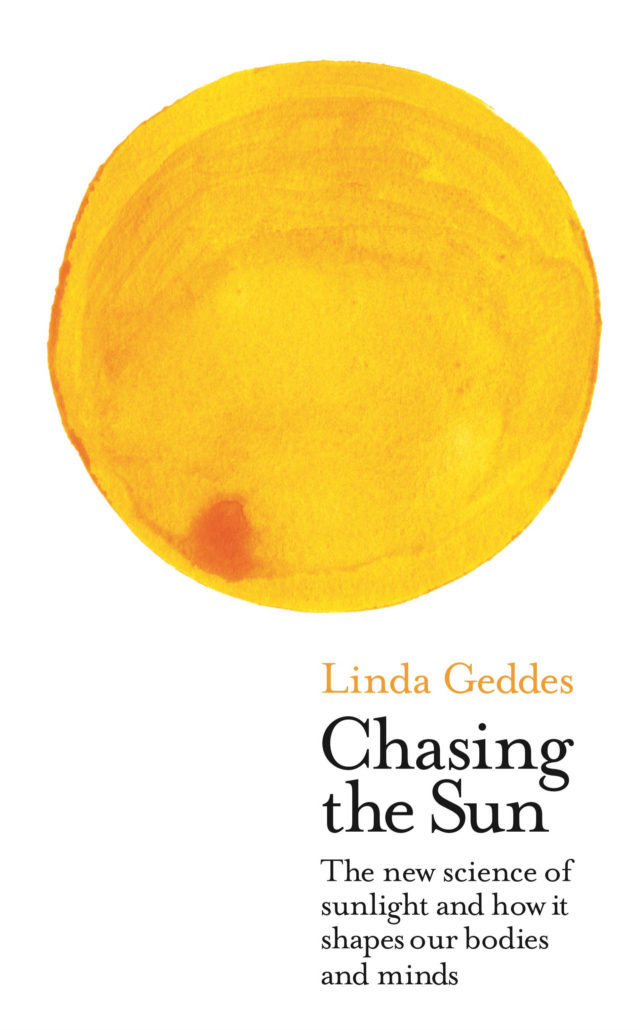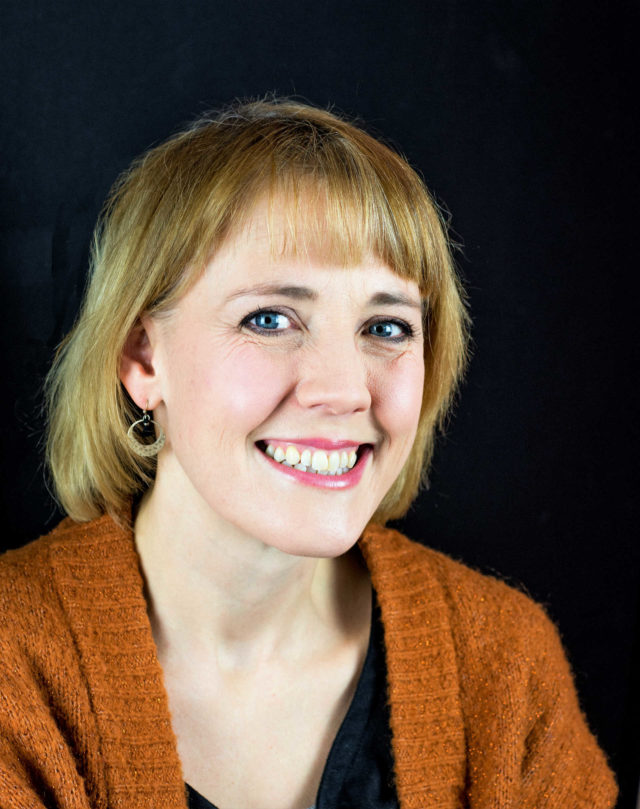Ask most people if they’d like to work in an environment flooded with natural light, and the answer would be a resounding yes. But award-winning science journalist Linda Geddes says a brilliantly-lit workspace is far more than a nice-to-have.
“We underestimate the importance of natural light,” says Geddes, whose book Chasing the Sun brilliantly explores the significance of sunlight. “Since the invention of electric light 140 years ago, we’ve got very used to its availability in homes and offices, and we assume it’s as bright and good as daylight.
“But even a well-lit office will be between 100 and 300 lux, while 500 lux is recommended for those doing very detailed work, like architects. Compare this to outdoors, where even on an overcast day it’s probably 3,000 – 5,000 lux, and up to 60,000 in summer.”
So, why does it matter if we’re consistently working in dim light?
“It’s down to our circadian clock, which governs our 24-hour patterns of biology and behaviour,” says Geddes. “Circadian rhythms govern pretty much all our biology – the obvious things are when we fall asleep and when we wake, but also our mood and our immunity.
“They enable our bodies to predict regular events, like cold and dark, and tweak our behaviour to fit in. Light is what keeps the clocks in our cells synchronised and able to live on this planet, with its 24-hour light and dark cycle.”
But as Geddes explains, it’s not just our diurnal light exposure that matters. Increasingly, we’re exposing our bodies to bright light at night, whether via glaring overhead fixtures or screens, which emit blue-rich light.
“If you’re not exposed to enough light in the day and then you’re exposed to it at night, your circadian rhythm gets confused,” she says. “You see this in hospital patients and elderly people in care homes – their circadian rhythm flattens out. In contrast, we know that if people are exposed to more daylight, they sleep better the following night.
“People are worried about exposure to light at night because it changes the timing of your body clock and makes you more of a night owl. You still have to get up for work in the morning, but you’ve had less sleep.”
Next time you find yourself sitting at your desk and groggily reaching for another cup of coffee, consider stepping outdoors instead. As Geddes explains, it could pep you up, then help you sleep better.

“When light hits the cells at the back of our eyes, it acts as a stimulant,” she says. “It sends signals to the areas of the brain that wake us up and make us alert. Being exposed to an hour of blue light [sunlight is a big source] gives an alertness boost that’s the equivalent to drinking several cups of coffee, but just a ten-minute walk around the block will help.”
Geddes points to a study carried out by the General Services Administration, the largest landlord in the USA. Wanting to establish whether designing more daylight into its buildings made any difference to the health of those working inside them, the bosses worked with Mariana Figueiro at the Lighting Research Centre in New York. They assessed the mood and sleep of workers in three buildings that had been designed with daylight in mind, and one that hadn’t.
“They found that those who received a large amount of light in the daytime slept better the following night and had improved mood,” says Geddes. Staggeringly, those exposed to bright morning light between 8am and noon took on average 18 minutes to fall asleep at night, compared to 45 minutes in the low light exposure group. They also slept around 20 minutes longer.
“If people are sleeping better, they’ll be happier and performing better,” says Geddes. “The right lighting could also reduce absenteeism, because it would improve people’s sleep, which has health benefits.”
So, what does this all mean for our working day?
“Office workers need to be exposed to more light in the day, to strengthen our circadian rhythms,” explains Geddes. “If your office is dim, try to get outdoors as much as you can. Cycle or walk to work if you’re able.
“Inside the office, try to get a desk by a window. A lot of circadian biologists also use a SAD lamp on their desk, to try to get more bright light. It’s crucial to think about how much light is actually getting into your eyes – desk lighting that you can switch on yourself is a good idea.”
But Geddes is quick to add that it’s also essential to ensure staff understand how their lighting system works, so they don’t unwittingly disrupt their circadian rhythms.
“You need to educate workers about why they need those lights, and how to use them effectively,” she says. “A bright desk lamp is great for increasing your light exposure in the day, but you don’t want people to have them on at 8pm when they’re trying to meet a deadline.”
Geddes also urges us to be mindful of window blinds, saying, “Often the sun is shining into one person’s face, so they pull the blinds across and it impacts on everyone else. To mitigate this, consider installing blinds that don’t cover the entire window space and instead just block out the extreme sunlight, without depriving everyone else.”
From an office design perspective, she highlights the placement of meeting rooms and lunch spaces.
“Position people near windows, and move photocopiers and bookcases towards the centre of the office,” she says. “It’s important to ensure meeting rooms have good light, as well as areas where staff stop for breaks and lunch.”
Of course, if you struggle to go to sleep and wake up, there are measures you can take to encourage your body to release the sleep-inducing hormone, melatonin. This is something Geddes herself has experimented with.
“I tried dimming the lights in the evening – even living by candlelight – and exposing myself to more light in the daytime,” she says. “I noticed that I started to become more lark-like. I woke up raring to go. If you struggle with the mornings, it’s really important to get up, open the curtains and start seeing light.”
Interestingly, Geddes also suggests that employers could benefit if they are flexible when it comes to accommodating staff sleep patterns. Evidence suggests some of us are natural night owls, whereas others are larks.
“There’s a need for a greater appreciation of these differences,” she says. “You can’t choose if you’re a lark or night owl – some people will be more productive in the morning and some in the evening. Ideally people should be allowed to work the hours that suit them.”
Enjoyed this article? Find more content on light here.
Linda’s book, Chasing the Sun: The New Science of Sunlight and How it Shapes Our Bodies and Minds, is published by Wellcome Collection.

Sophie Barton
Sophie Barton is our Features Editor. She a journalist and editor with 20 years’ experience in the national media, specialising in wellbeing and lifestyle.




